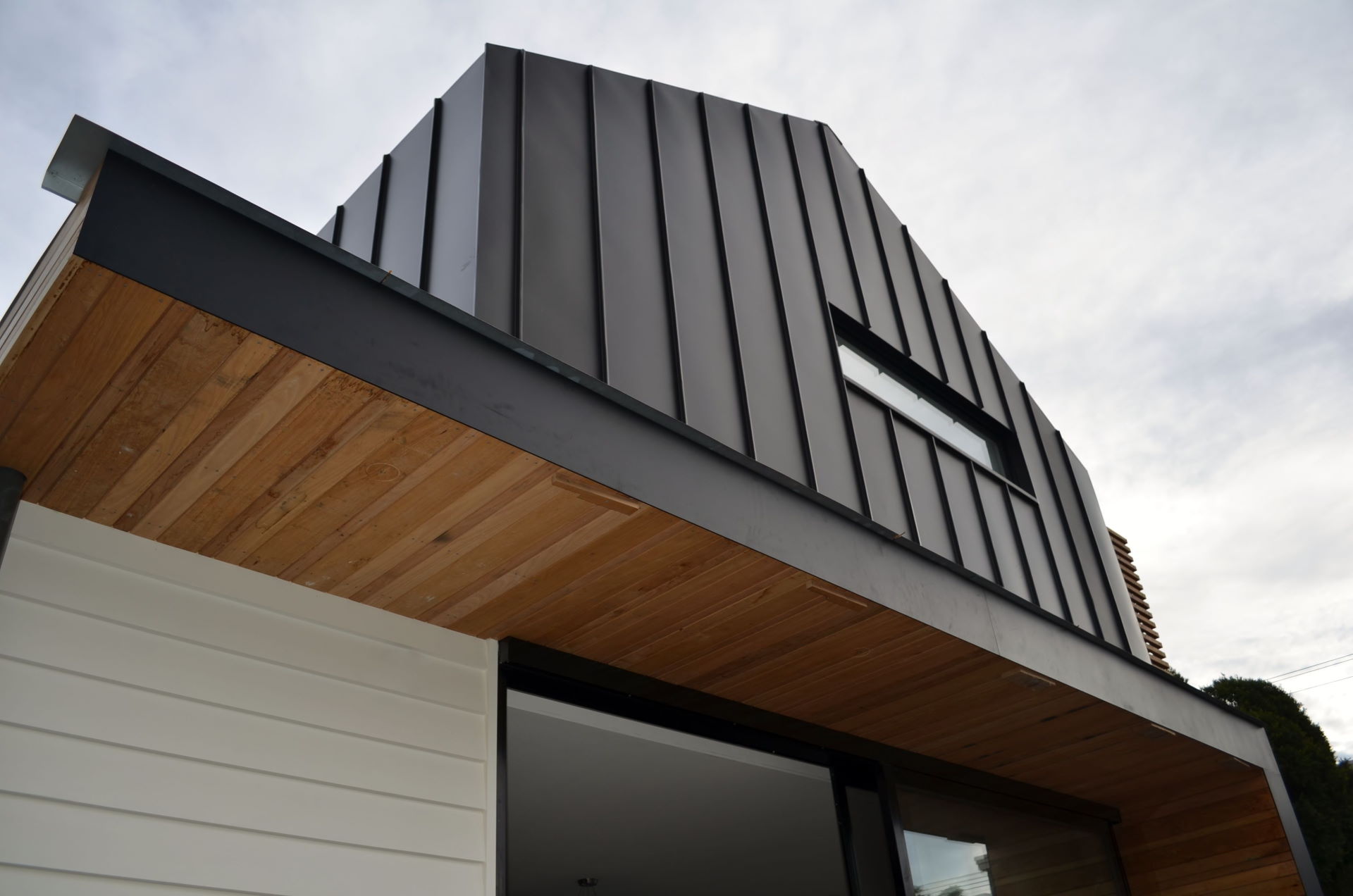Architectural metal cladding has become an increasingly popular choice for enhancing the aesthetic appeal of buildings while also providing functional benefits. Metal cladding is used to wrap the exterior of a building with a durable, weather-resistant material that can be customized to create unique designs and patterns. From sleek and modern finishes to rustic and industrial looks, architectural metal cladding offers a versatile range of options for architects and builders.
Whether used as an accent feature or as the main material for a building’s facade, architectural metal cladding can provide benefits such as improved insulation, protection against the elements, and increased durability. This article will explore the various types of metal cladding materials available, the installation process, and the design possibilities that come with using architectural metal cladding in construction projects.

The Benefits of Architectural Metal Cladding
Architectural metal cladding offers numerous benefits beyond just enhancing the look of a building. One of the key advantages is improved insulation, as metal cladding helps regulate temperature within a structure, reducing energy costs. Additionally, metal cladding provides protection against the elements, making it a durable and long-lasting option for building exteriors. With its customizable designs and patterns, architects have the creative freedom to transform any ordinary building into a unique and visually appealing structure. For more information on architectural metal cladding materials, installation process, and design possibilities, check out Easy Render.
Types of Metal Cladding Materials
There are various types of metal materials used in architectural cladding, each offering unique characteristics and aesthetics. Aluminum is a popular choice due to its lightweight nature, corrosion resistance, and ability to be easily formed into different shapes. Steel is another common material known for its strength and durability, making it suitable for high-traffic areas. Copper is often chosen for its distinctive appearance that ages beautifully over time, adding a touch of elegance to a building’s exterior. Other options include zinc, titanium, and stainless steel, each with its own set of benefits and design possibilities.
In conclusion, architectural metal cladding is a versatile and functional choice for enhancing the appearance and performance of buildings. With benefits such as improved insulation, protection against the elements, and customizable designs, metal cladding offers a wide range of options for architects and builders to explore. Whether used as an accent feature or as the main material for a building’s facade, metal cladding can transform any ordinary structure into a visually stunning and durable masterpiece. By selecting the right metal material and design, architects can create unique buildings that stand out in both aesthetics and functionality.
